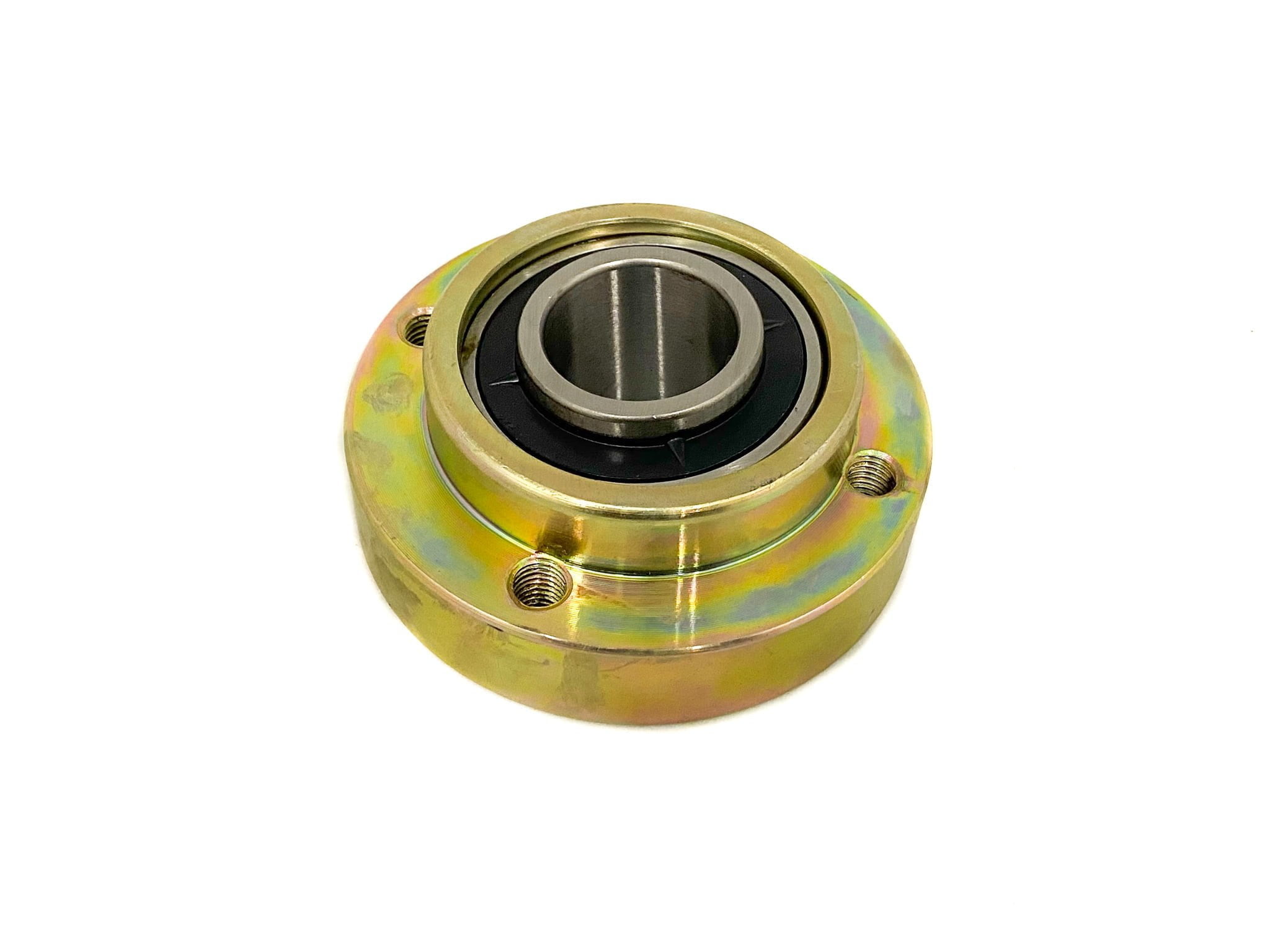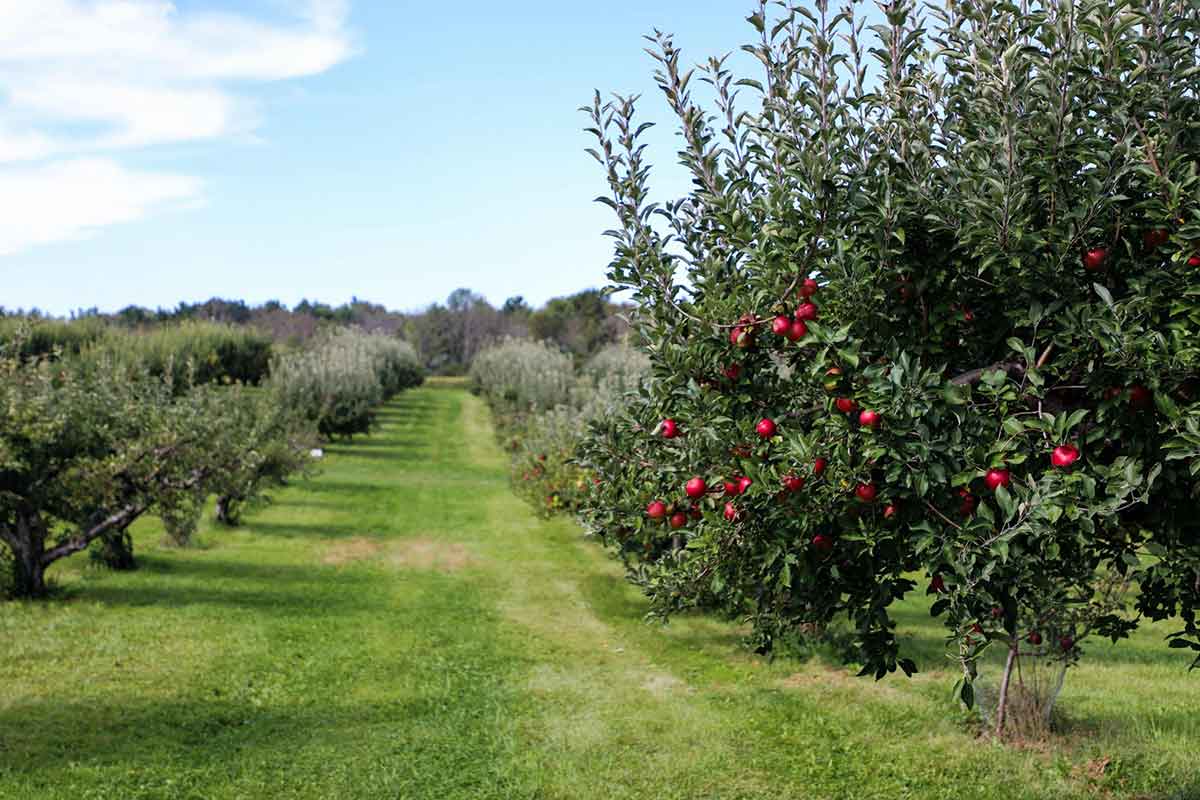At Farm Tech Supplies, the majority of our machines require bearings to function, and we have all these bearings available from our parts department. But what are they for and how can you maintain them so they don’t need a replacement too soon?
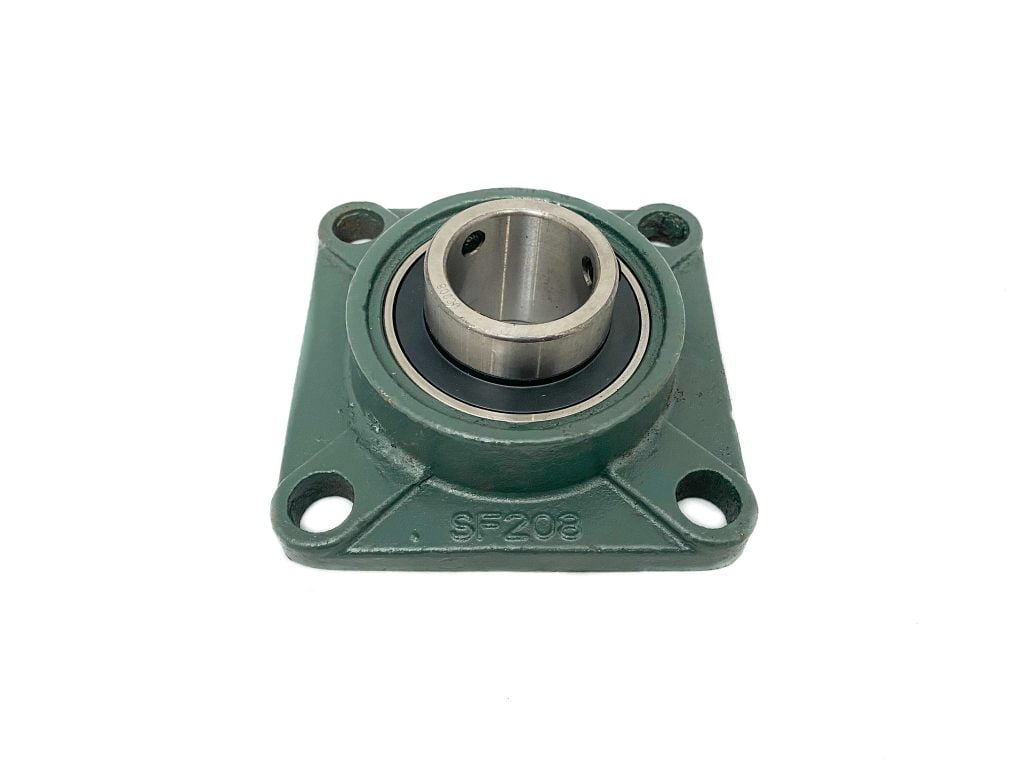
Bearings for Beginners
Bearings are the part of the machine which constrains a movement to function in the desired way. In the case of the bearings in use on our machines, this means removing friction between moving parts, allowing for a smoother and faster movement. They also support the part that they enable to move, hence their name, which comes from the verb ‘to bear’ meaning to carry.
Every machine available from Farm Tech Supplies has at least one bearing, each with a different purpose. Some bearings support the blades, such as the WRT Rotor Bearing, or the WWC Flywheel Bearing. Another common place to find a bearing is on the roller, present on most of the mowers, such as the WCF Roller Bearing, or on the wheels, like the G-AFL Wheel Bearing. The G-AFL Pulley Bearing, and the WRT Top Gear Bearing control the movement of the gears and pulleys to one direction.
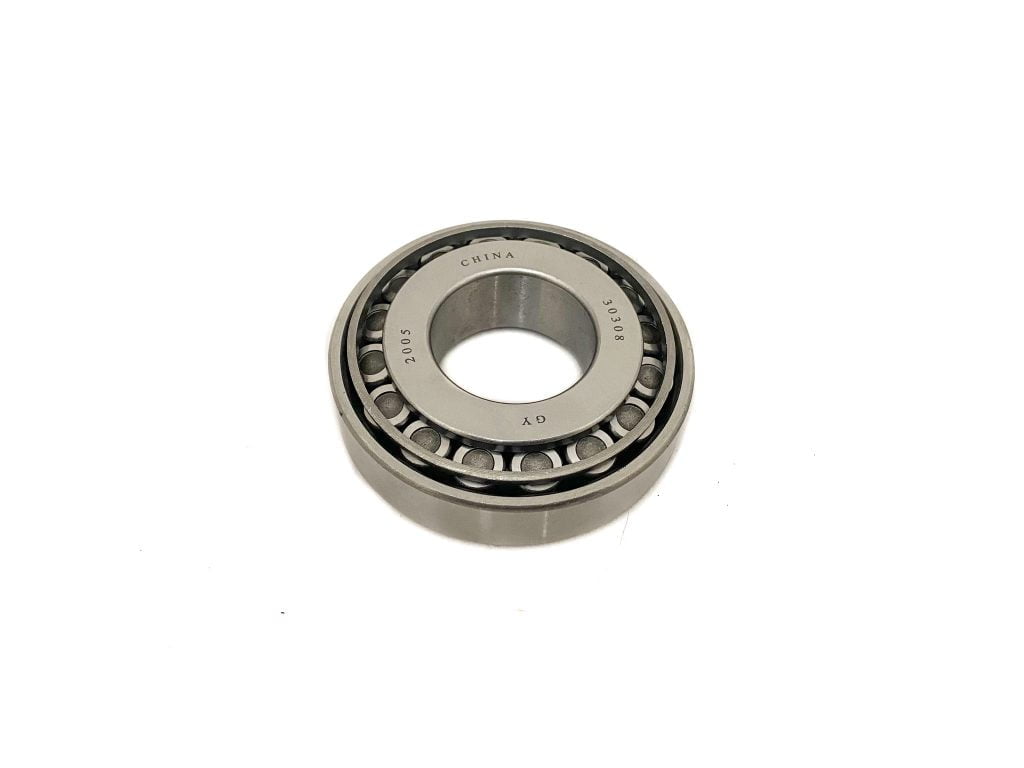
Maintaining Your Bearings
It is vital to the long life of your bearings to maintain them diligently. Bearings need to be adequately greased at all times. The easiest way to top the grease is with a grease gun, for which we also stock the cartridges. The grease gun connects to the grease nipple for the bearing and you just pump the lever, when the bearing is properly greased, no more grease will go in.
Another important task is to ensure that the bearing and the area around it is clear of grass clippings, mud and other debris. Failure to do so may cause the bearing to seize up. If your machine is making odd noises, it may be a sign of bearing failure so please listen out for anything unusual.
Bearings for a specific purpose may need further checks and maintenance. For example, broken blades will cause an imbalance on the rotor, which in turn will damage the bearings. All of our machines are designed to run with the PTO at 540 RPM, so exceeding this may overrun the rotor, which will damage the bearings.
Lastly, although thankfully we don’t see it very often, it can be very damaging when twine or wire becomes tangled in a mower. More often the wire will become wrapped around the end of the blade rotor and entangled in the bearings causing a failure. Always stop straight away and turn off power to the machine if you notice a change in the sound or feel of the mower.
In unfamiliar paddocks and especially overgrown areas it may be difficult to spot any debris, so always do a quick walk over to check for foreign objects before mowing. A large brick, manhole cover or other foreign object may also damage the blade rotor and in turn cause a bearing failure so keep an eye out when mowing, take a higher pass if needed on longer grass to clear the way before a second lower pass.
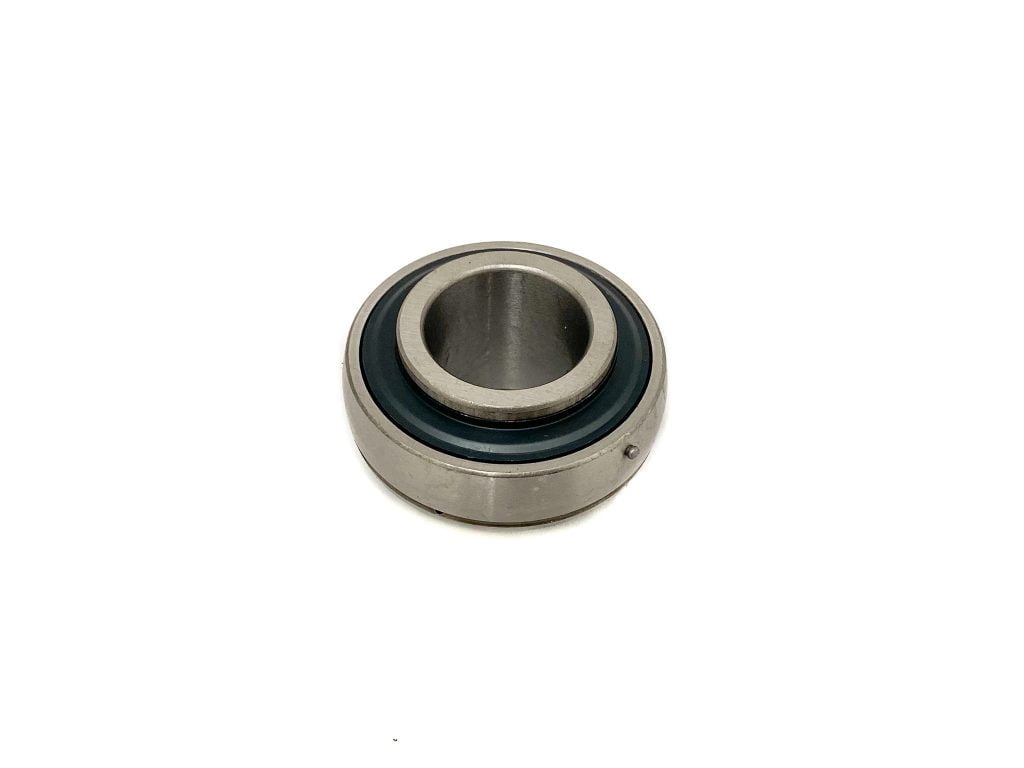
Replacing bearings
We always recommend bearings should be replaced in pairs, for instance blade rotor and roller bearings. Similar to replacing a full set of belts rather than just one, this ensures the machine is running smoothly and not with one good bearing and a part used worn bearing.
If a bearing is mounted in the housing or casing, it is usually fairly simple to unbolt this and replace the whole housing and bearing unit. Some bearings will need to be pressed out and replaced, if the old bearing is seized a workshop press should make life easier to remove the existing unit and press in the new bearing.

